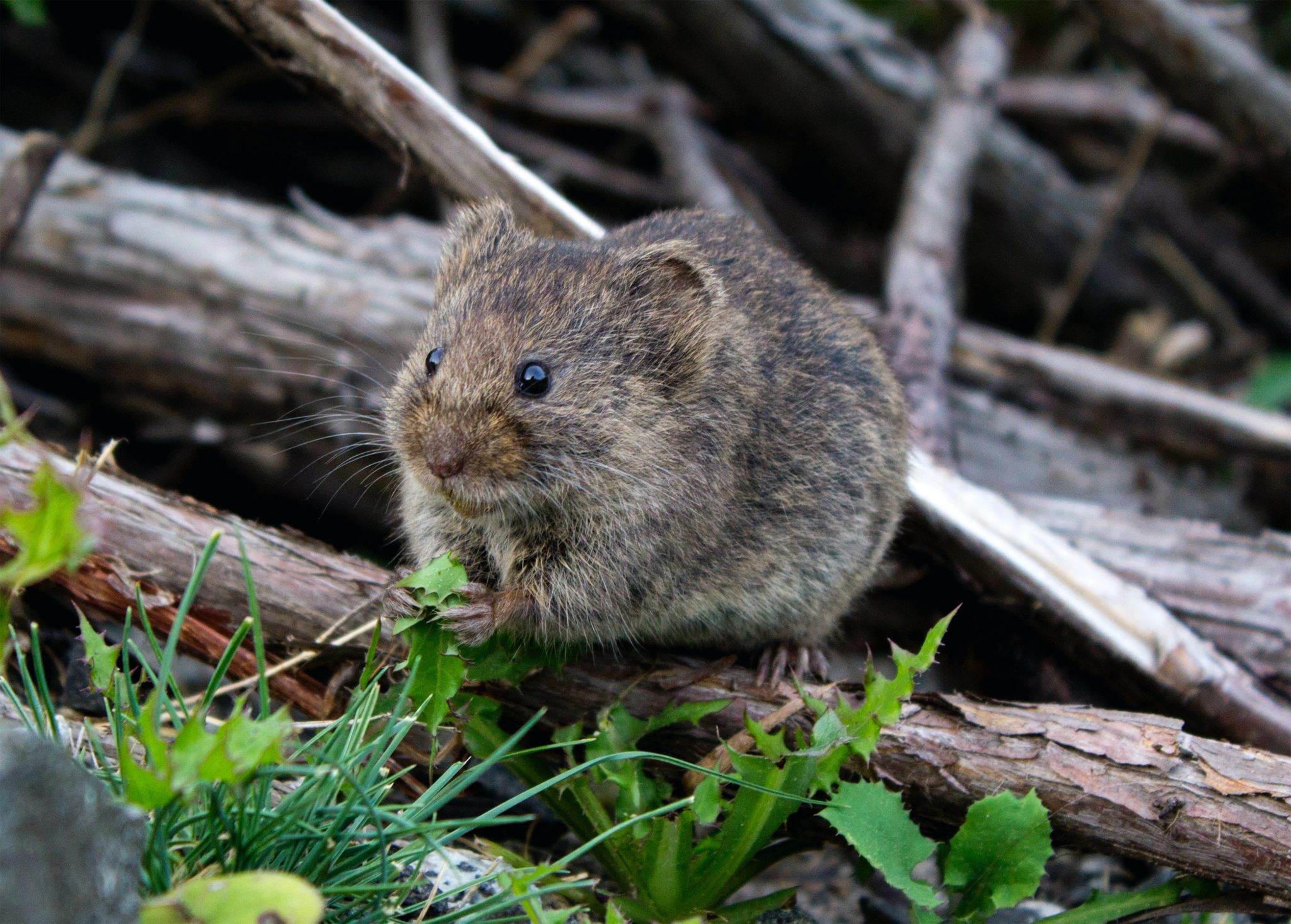Researchers Have Shown That Mirror Neurons In Mice Are Sensitive To Aggressive Stimuli

When two animals fight in the wild, they almost always have spectators watching. If you “zoom out” far enough, you can see other lions observing while two of them fight it out. The researchers from Stanford Medicine were curious about the spectator animals’ reactions to these violent encounters.
Certain neurons in the anger center” of a mouse’s brain were shown to activate both during and after witnessing fights, according to recent research. These neurons are called “mirror neurons because they fire both when an animal performs the activity and when it observes another animal doing the same action.
Finding mirror neurons in mice and in the hypothalamus, an evolutionary old region of the brain, is a first, and it suggests that mirror neurons may have a more primitive origin than was previously believed.
Evaluation of Aggression
Past research in Shah’s lab identified a group of cells in the ventromedial hypothalamus that were responsible for aggressiveness in male mice. This is because the same neurons do not activate aggressive behavior in female mice. These neurons, known as the “anger center,” have been linked to aggressiveness but also seem to be socialization-dependent; mice kept in groups show reduced hostility.
First author and postdoctoral researcher in Shah’s lab Taehong Yang, Ph.D., hypothesized that these neurons are responsive to aggressiveness in mice. They seem to be mimicking aggressive behavior seen in other animals.
Researchers used sophisticated imaging methods to capture the brain’s response to anger in both fighting and observing male mice. To start a battle between two male mice, researchers need only place one mouse inside the cage of the other. The native mouse would pounce on the stranger and show aggressive behavior, such as rattling its tail. The researchers arranged for a single mouse to watch these encounters via a glass partition and act as an impartial witness.
Scientists discovered what they call “mirror neurons,” a cluster of neurons in the brain’s fury center that are activated in both combatants and watchers. Scientists were taken aback by the discovery of mouse mirror neurons. Primate mirror neurons in the cortex, the brain’s most evolved region, have been the subject of most study.
Another unexpected finding was that the observer’s sight stimulated the aggression-mirroring neurons, but the scent of pheromones activates the same neurons in fighting mice. Mirror neurons were shown to be active only when the observer was looking directly at the combatants in videos. As the researchers dimmed the lighting, the observer’s mirror neurons stopped reacting to the commotion next door.
Even in mice that had never seen or participated in violent behavior, the researchers discovered that these mirror neurons appeared intrinsically tuned to violence. When mice saw other actions, such as sniffing, grooming, or running on a wheel, the neurons did not activate.
The researchers next conducted a series of studies to show that the aggression-mirroring neurons not only detected but also permitted aggressive behavior. Mice that had these neurons selectively suppressed responded to a male intruder with less aggression and less tail-rattling.
In contrast, when mirror neurons were activated, the mice became aggressive without regard to context. Not only did they attack male invaders at a rate three times higher than usual, but they also attacked female guests, which is unusual since they usually provoke sexual antics between the hosts. They, needless to say, had a harder time becoming pregnant. Male mice were so excited that they were tail-rattling at their own image in the bathroom mirror.
Since their discovery in the 1990s, mirror neurons have been the subject of great curiosity in popular culture, as well as misguided conjecture that they may explain human capacity for imitation, empathy, cultural development, and artistic appreciation. Nevertheless, their actual role is still unknown, in part because studying them in primates is challenging.
The current mouse research is the first to show that mirror neurons not only react to but also regulate a behavior, in this instance aggressive behavior. The presence of aggression-reflecting neurons in a rudimentary brain region suggests that they may have been preserved from the mouse to the human brain.
While the researchers did not examine the impact of seeing violent conduct on the watchers, they provide their own speculation: possibly, like boxers studying footage of their opponent’s movements, the mice on the sidelines learn to be better fighters.
0 comments